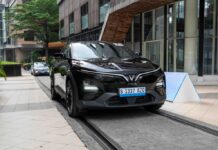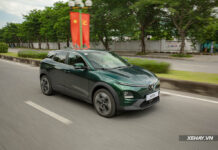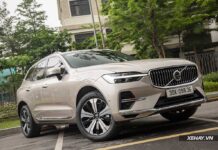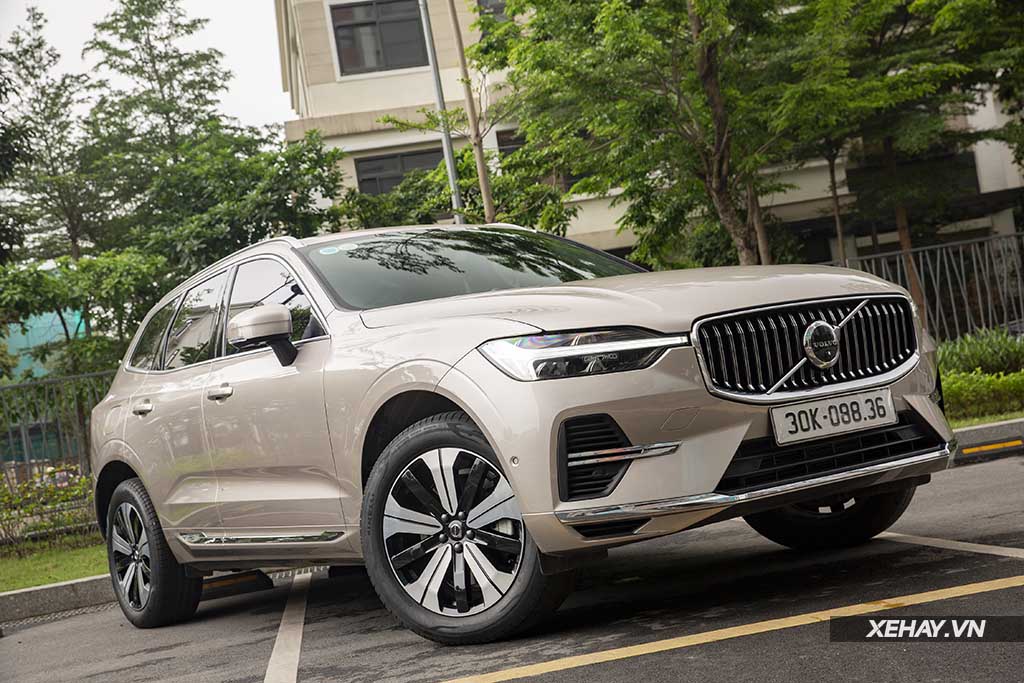In recent years, the Vietnamese automotive market has witnessed the emergence of plug-in hybrid electric vehicles (PHEVs). These vehicles are highly regarded for their fuel efficiency, flexible operation, and alignment with the “green” trend in the transportation sector.
However, many consumers still have concerns and questions about PHEVs: Where can I charge a PHEV? What are the costs like? Is maintenance complicated? Do the batteries degrade quickly?
This article aims to answer these common questions and provide consumers with a clearer understanding of this emerging option.
Is charging a PHEV difficult?
Unlike pure electric vehicles (EVs) that require high-power charging infrastructure, PHEVs can be charged at home using a standard 220V electrical outlet. Depending on the battery capacity (typically ranging from 10-20 kWh), it takes approximately 3-6 hours to fully charge using a regular wall outlet.
For faster charging, users can install a wallbox (a wall-mounted charging station) for around VND 15-25 million, reducing the charging time to 1.5-3 hours.
Public charging stations are also starting to support PHEVs (depending on the charging standard). However, as the all-electric range is typically around 40-60 km, most users find that charging at home is sufficient for their daily commute.
Are there significant cost savings?
The answer is yes, provided that users regularly charge the vehicle using electricity instead of gasoline. Based on real-world calculations, if driven approximately 40 km per day using electricity, the daily cost is only about VND 8,000-10,000, significantly lower than the VND 50,000-70,000 it would cost to drive the same distance with gasoline, depending on the vehicle and traffic conditions. On average, users can save about VND 1-1.5 million per month compared to a gasoline vehicle in the same segment.
However, for those who cannot charge regularly and have to use the vehicle like a standard hybrid, the PHEV may be less efficient due to the additional weight of the battery and electric motor, resulting in higher fuel consumption.
What about maintenance and battery lifespan: Are there concerns?
One often overlooked advantage of PHEVs is that the electric motor requires little to no regular maintenance like a gasoline engine, resulting in long-term cost savings. Since the vehicle can operate in pure electric mode in urban conditions, the wear and tear on the internal combustion engine are also significantly reduced.
However, high-voltage systems such as the battery, electric motor, and inverter still require periodic checks at authorized service centers. Technicians must be properly trained and equipped with specialized tools. Manufacturers typically recommend checking the battery every 2-3 years and advise against maintenance at regular garages to ensure safety.
Regarding battery lifespan, most PHEVs use lithium-ion batteries with a lifespan of 8 to 10 years, equivalent to 150,000 to 200,000 km when used correctly. Most manufacturers offer a battery warranty of 5 to 8 years or 100,000 to 160,000 km, giving peace of mind to consumers. In the event of a battery replacement, the cost ranges from VND 70 to 120 million, depending on the technology and brand.
Proper charging practices, such as avoiding frequent complete discharges, can extend the battery’s lifespan and reduce the risk of unexpected failures.
Who is the PHEV a good choice for?
PHEVs are ideal for individuals who regularly travel less than 50 km per day within urban areas and have access to charging facilities at home or work. They are also a suitable solution for those looking to save on fuel costs but are not yet ready to switch to a pure electric vehicle due to concerns about charging infrastructure and initial investment.
On the other hand, if regular charging is not feasible or you frequently travel long distances and are not concerned about fuel costs, a standard hybrid (HEV) or traditional gasoline vehicle may be a more practical choice.
PHEVs are not a far-future technology but a practical solution for the present, especially in Vietnam, where public charging infrastructure is still being developed. While they require an initial investment, when utilized correctly, PHEVs can become a trusted companion for both personal and business needs in the daily lives of urban dwellers.
TH (Tuoitrethudo)
An Electrifying Choice: 32% of Tesla Owners Opt to Stay Charged
Edmunds, the renowned automotive testing and review organization, has made a startling revelation: a significant number of Tesla owners have made the switch from electric cars back to gasoline-powered vehicles. This unexpected trend has sparked intrigue within the automotive industry, prompting further examination into the factors driving this shift in consumer behavior.














































